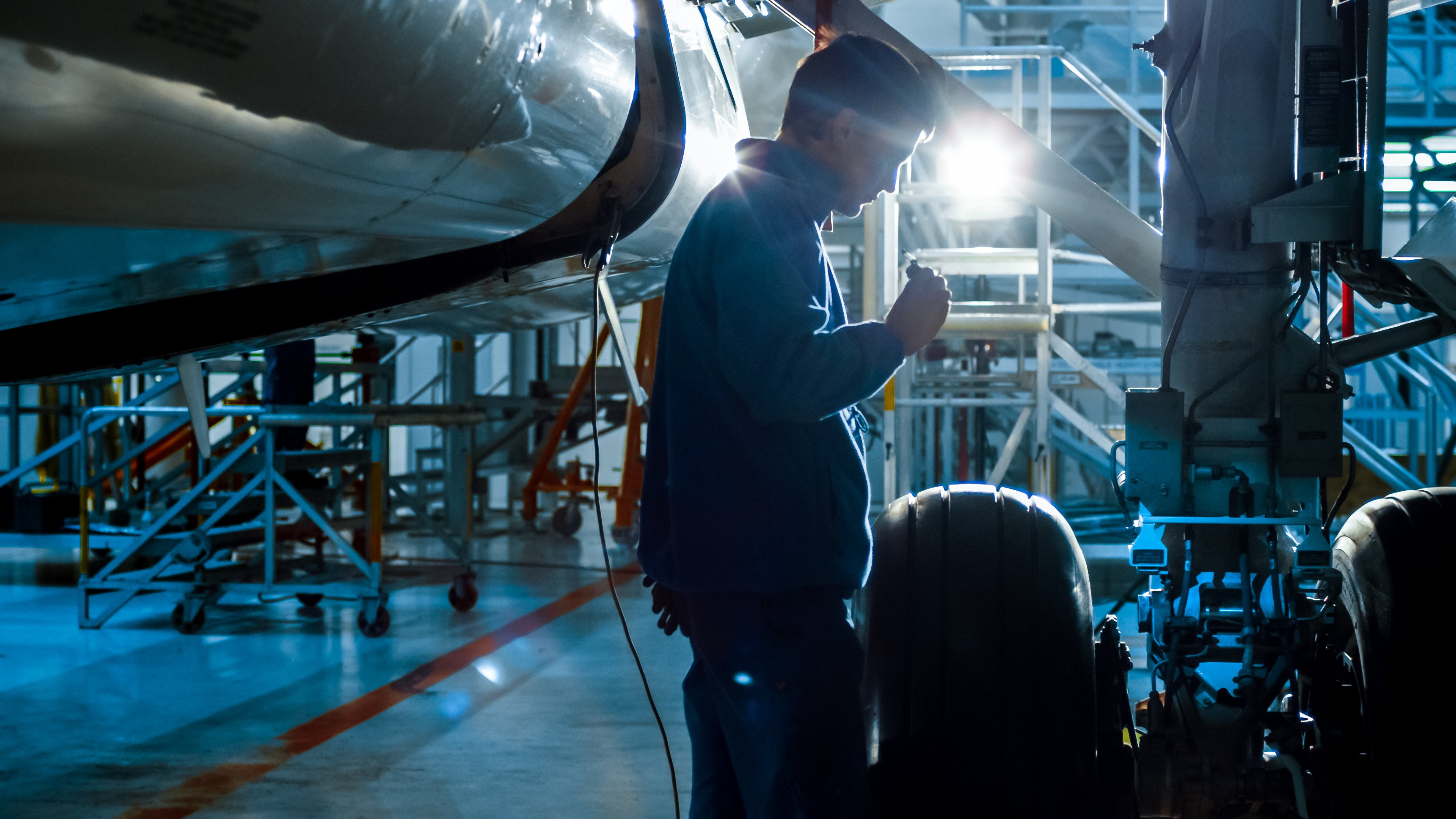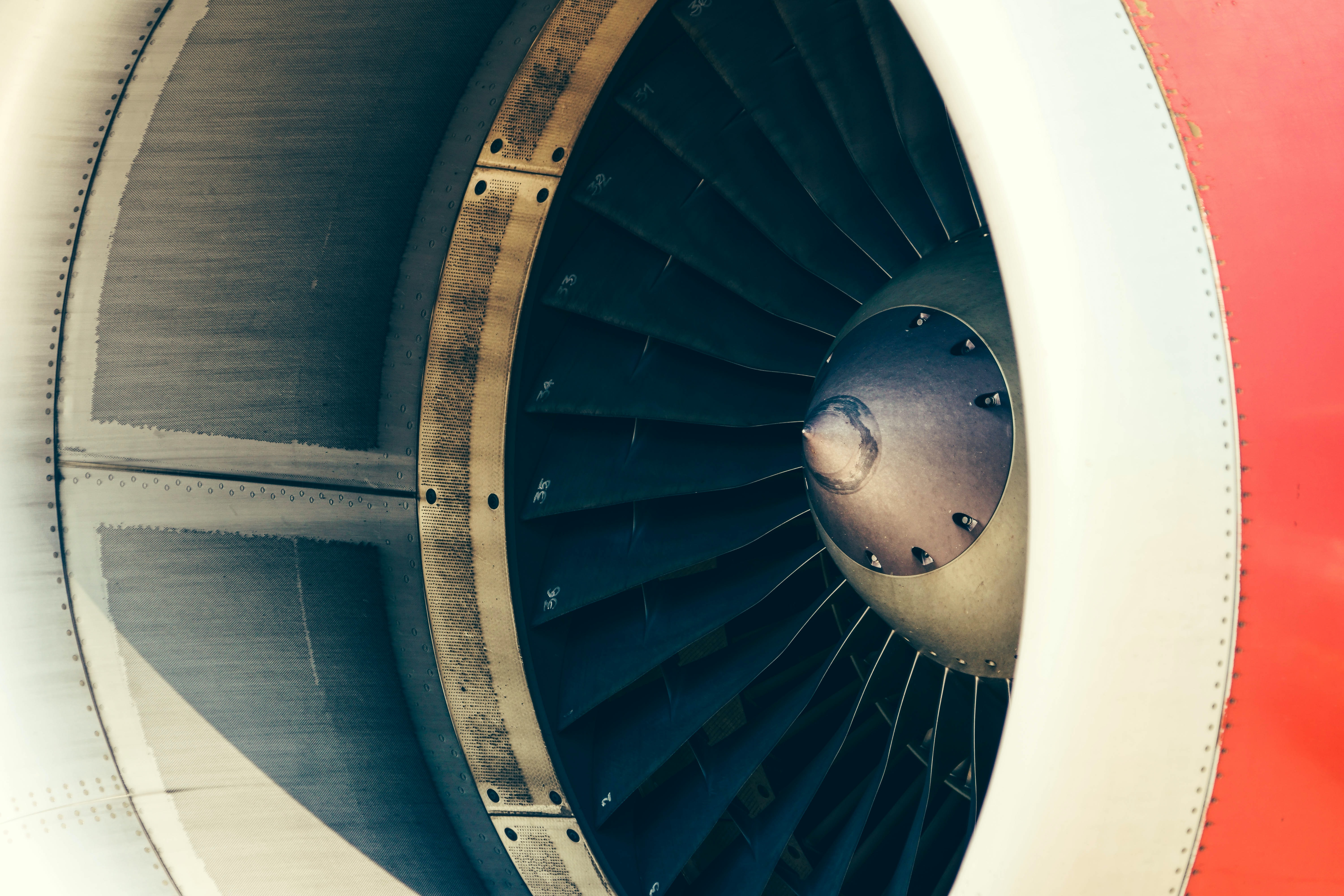Building a Culture of Safety in Aviation Maintenance Organizations

U.S. air travel’s yearslong streak of no major commercial jet accidents came to an end at the start of 2025, putting the focus on the importance of safety in the high-stakes world of aviation.
“For the Federal Aviation Administration, Jan. 29 was the beginning of one of the most challenging stretches it has faced in decades,” reported The New York Times.
In a 10-day span:
- In Washington, an American Airlines regional jet collided with an Army helicopter near Ronald Reagan National Airport, resulting in 67 deaths.
- A medical jet crashed in a Philadelphia neighborhood shortly after takeoff, killing all six on board and one person on the ground.
- An aviation alert system has its first outage in two years.
- A Bearing Air flight near Nome, Alaska, crashed, resulting in 10 deaths.
While much attention is often focused on flight operations, the critical role of aviation maintenance in ensuring safety cannot be overstated.
At the heart of effective maintenance, repair, and overhaul (MRO) operations, lies a robust safety culture. This article explores the importance of building and maintaining a strong safety culture in aviation maintenance organizations and provides practical insights on how to achieve it.
Understanding Safety Culture in Aviation Maintenance
Safety culture refers to the shared values, attitudes, and behaviors within an organization regarding safety.
“Safety culture refers to how safety is viewed, valued, and made a priority within an airline or airport. It is more than policies and rules on paper. Safety culture depends on how every employee commits to safety each day,” says Aero Cadet, a U.S.-based pilot academy.
In aviation maintenance, it encompasses how safety is perceived, valued, and prioritized by everyone from top management to front-line technicians.
A strong safety culture is characterized by open communication, proactive risk management, and a commitment to continuous improvement.
The Importance of Safety Culture
The significance of a robust safety culture in aviation maintenance cannot be overstated. It directly impacts the safety of operations, prevents dangerous shortcuts, and contributes to consistently safe performance.
A positive safety culture encourages maintenance personnel to adhere to procedures, report concerns, and actively participate in safety initiatives.
According to the Federal Aviation Administration (FAA), a strong safety culture is essential for achieving and maintaining high levels of safety performance in aviation organizations. It not only helps prevent accidents and incidents but also improves overall efficiency and productivity.
“If you were to make a list of your own aviation customs and values, safety is surely at the top of your list. Here at the FAA, safety is the top priority. It’s the reason this agency exists in the first place,” said the FAA Safety Briefing published in January/February 2023.
Susan K. Parson examined in that issue, the aviation adage that “safety is no accident.”
“The more important meaning of the phrase is that safety doesn’t happen accidentally. It requires a level of thinking, planning, and acting that we often describe as “aeronautical decision-making” or “risk management,” she wrote. “In short, safety is not so much a state of being as it is a matter of doing the right things to create — and maintain! — safe operations.”
Maintenance certainly puts the “maintain” in aviation safety.
Key Elements of a Strong Safety Culture
Communication, leadership, education, and proper tools and equipment are just some of the key elements of a strong safety culture.
“Some key parts of a strong safety culture are good communication, accountable leadership, and always improving,” explains Aero Cadet.
Let’s look closer at these elements:
- Open Communication: Open and honest communication is the cornerstone of a strong safety culture. Maintenance personnel should feel comfortable reporting safety concerns, near-misses, and errors without fear of punishment. This open dialogue allows organizations to address potential issues before they escalate into serious problems.
- Leadership and Accountability: Leadership plays a crucial role in shaping safety culture. Top management must demonstrate a visible commitment to safety through their actions and decisions. This includes allocating resources for safety initiatives, participating in safety meetings, and holding all levels of the organization accountable for safety performance.
- Continuous Learning and Improvement: A culture of safety is built on the foundation of continuous learning and improvement. Regular safety meetings, training sessions, and workshops keep staff updated on industry best practices and emerging safety concerns. Organizations should also conduct regular safety audits and implement lessons learned from incidents and near-misses.
- Proper Use of Tools and Equipment: Ensuring that maintenance personnel have access to the right tools and equipment - and use them correctly - is crucial for safety. This includes regular maintenance and calibration of tools, as well as training on their proper use. Improvised solutions or "workarounds" should be discouraged as they can compromise safety.
- Fully Traceable Components: It’s crucial to source parts from trusted suppliers such as Source One Spares, who supply components that are fully traceable and tagged by leading repair facilities in the industry. Using such components not only supports regulatory compliance, but also contributes to the overall safety culture withing aviation maintenance organizations.
- Personal Protective Equipment (PPE): The use of appropriate Personal Protective Equipment is non-negotiable in aviation maintenance. Organizations must provide suitable PPE for different maintenance tasks and ensure that staff understand its importance and use it consistently.
Implementing a Safety Management System (SMS)
A Safety Management System (SMS) is a systematic approach to managing safety risks in aviation. It provides a structured framework for integrating safety into day-to-day operations. The International Civil Aviation Organization (ICAO) and FAA identifies four pillars of SMS:
- Safety Policy: Establishes senior management’s commitment to continually improve safety; defines the methods, processes, and organizational structure needed to meet safety goals.
- Safety Risk Management: Determines the need for, and adequacy of, new or revised risk controls based on the assessment of acceptable risk.
- Safety Assurance: Evaluates the continued effectiveness of implemented risk control strategies; supports the identification of new hazards.
- Safety Promotion: Includes training, communication, and other actions to create a positive safety culture within all levels of the workforce.
Implementing an effective SMS is crucial for building and maintaining a strong safety culture in aviation maintenance organizations.
Addressing Human Factors in Maintenance Safety
Human factors play a significant role in aviation maintenance safety. Fatigue, stress, and work pressure can all contribute to errors and safety lapses. Organizations must address these factors by:
- Implementing fatigue management programs.
- Providing stress management resources.
- Ensuring adequate staffing levels to manage workload.
- Promoting a healthy work-life balance for maintenance technicians.
The FAA says it starts with recognizing the importance of professionalism in maintenance.
“In the aviation industry, those in one of the most important supporting role professions — the Aviation Maintenance Technician (AMT) — are largely unseen by the public. Passengers see and interact with pilots, cabin crew, and customer service agents,” says the FAA. “The men and women responsible for the safe upkeep of aircraft are undoubtedly professionals as well.”
Fostering a Positive Safety Reporting Culture Beyond Compliance
A positive safety reporting culture is essential for identifying and addressing potential safety issues before they lead to incidents or accidents. This involves:
- Implementing a non-punitive reporting system.
- Encouraging staff to report safety concerns, no matter how minor they may seem.
- Providing feedback on reported issues and the actions taken to address them.
- Recognizing and rewarding proactive safety behavior.
While regulatory compliance is essential, truly effective safety cultures go beyond mere compliance.
They embed safety into every aspect of the organization's operations and decision-making processes. This involves:
- Regularly reviewing and updating safety policies and procedures.
- Conducting proactive risk assessments.
- Investing in safety training and technology.
- Fostering a mindset where safety is seen as everyone's responsibility.
Safety Culture: It’s Something You Do
Building a culture of safety in aviation maintenance organizations is not a one-time effort but an ongoing process that requires commitment, resources, and continuous improvement.
By prioritizing open communication, leadership accountability, continuous learning, and the implementation of robust safety management systems, organizations can create an environment where safety is ingrained in every action and decision.
Safety culture is not something you have; it's something you do.
For aviation maintenance organizations, doing safety culture right is not just about compliance or avoiding incidents – it's about fostering an environment where every team member is empowered to contribute to the overarching goal of safe and efficient operations.
As you can tell from the start of this article, a strong safety culture is not just a “nice-to-have” – it's a must-have for long-term success and sustainability.
Contact Source One Spares today for airframe, engine and other aviation components, available 24 hours a day, 365 days a year, to keep your aircraft flying safe in the skies.



